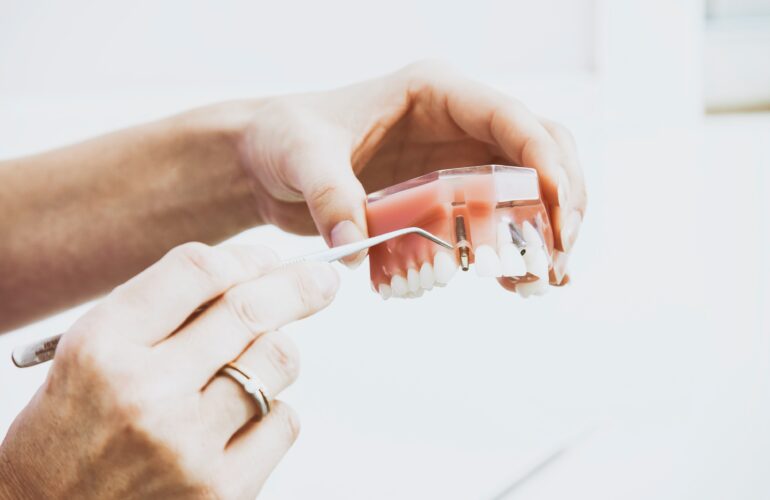In the world of dentistry, preserving natural tooth structure is paramount. This is where inlays and onlays shine. These conservative restorations offer a middle ground between fillings and crowns. These also provide a durable solution that maintains the integrity of the tooth. Let’s delve into the world of this treatment, exploring their benefits, applications, and why they’re becoming increasingly popular among patients and dentists alike.
Understanding Inlays and Onlays:
These are indirect restorations used to repair teeth that have been damaged by decay or trauma. Unlike fillings, which are molded directly into the cavity, both the inlays and onlays are fabricated in a dental laboratory before being bonded to the tooth surface.
- Inlays: These restorations are used to repair damage within the cusps (points) of a tooth. They fit snugly within the contours of the tooth. They fill the cavity without extending over the cusps.
- Onlays: Onlays are similar to inlays but are designed to cover one or more cusps of the tooth. They provide additional coverage and support for teeth with more extensive damage.
The Benefits of Inlays and Onlays:
- Conservation of Tooth Structure: Both require minimal removal of healthy tooth structure compared to traditional crowns. This preservation of natural tooth material contributes to long-term dental health and stability.
- Customization: These are fabricated to match the exact shape, size, and color of the patient’s natural teeth. Hence, these ensure a seamless and aesthetic restoration.
- Durability: Made from high-quality materials such as porcelain, composite resin, or gold, both are highly durable and resistant to wear and staining. They can withstand the forces of chewing and last for many years with proper care.
- Biocompatibility: The materials used for these are biocompatible and well-tolerated by oral tissues. This reduces the risk of allergic reactions or other adverse effects.
Applications of Inlays and Onlays:
- Decay: Inlays and onlays are ideal for repairing teeth with moderate to severe decay that cannot be adequately addressed with a simple filling.
- Fractures: Teeth that have suffered minor fractures or damage due to trauma can be restored with the strength and support provided by inlays and onlays.
- Cosmetic Enhancement: In addition to restoring function, these can improve the appearance of teeth. They do so by correcting discoloration, shape irregularities, or other aesthetic concerns.
Inlays and onlays represent a conservative yet effective approach to restoring teeth compromised by decay or damage. With their emphasis on preserving natural tooth structure, durability, and aesthetic appeal, they offer numerous benefits for both patients and dentists. If you’re seeking a reliable and long-lasting solution for your dental needs, consider the advantages of these as part of your treatment plan. Consult with our dentists to determine if these restorations are right for you.




